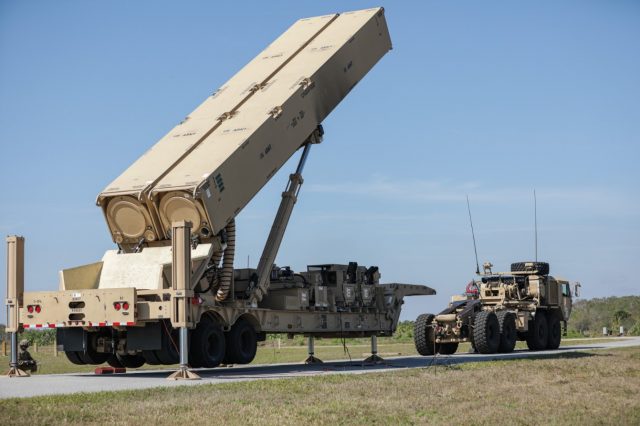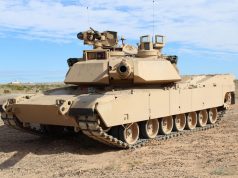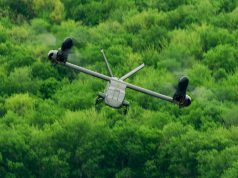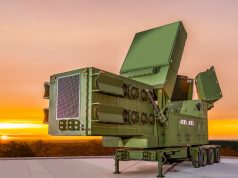
The US Army has begun simulating deployment with its first Long-Range Hypersonic Weapon (LRHW) system, putting operators to a test in February this year.
The 1st Multi-Domain Task Force long-range fires battalion, 5th Battalion, 3rd Field Artillery Regiment, deployed the Long-Range Hypersonic Weapon — or LRHW — system over 3,100 miles from Joint Base Lewis-McChord to Cape Canaveral, Florida during Thunderbolt Strike, a full rehearsal of expeditionary hypersonic launch capabilities.
According to the army, the deployment exercised critical command and control linkages between US Indo-Pacific Command, US Strategic Command, US Army Pacific, Army Rapid Capabilities and Critical Technologies Office — known as RCCTO, and 1st MDTF.
Soldiers of the 5th Battalion, 3rd Field Artillery Regiment conducted training and practice drills with the LRHW system in Cape Canaveral.
“Our soldiers processed real missions, with real data, in real time, to produce real effects to learn lessons and generate readiness. We’re training the way we will fight, and our Soldiers are ready to deploy and employ this critical capability forward,” said Brig. Gen. Bernard Harrington, the 1st MDTF commander.
Thunderbolt Strike marks a new milestone between the 1st MDTF, RCCTO, industry and numerous Army partners that generated immediate feedback from stakeholders on the complex system.
Col. Ian Humphrey, RCCTO’s hypersonic weapon integration project manager, highlighted 1st MDTF’s rapid progress in building the technical and procedural capacity to integrate the LRHW system’s capabilities into the Defense Department’s Joint Force. “This unit is fully trained and has proven that they can be deployed away from home station and go right into whatever mission they’re given.”
“Thunderbolt Strike proved the power of interagency cooperation to build the multi-domain force of the future,” said Harrington. “The second half of the Army’s year of long-range precision fires will continue to represent groundbreaking strides toward integrated deterrence in the Pacific.”
In her keynote address at the 2021 annual meeting and exposition of the Association of the United States Army, Secretary of the Army Christine Wormuth predicted that “fiscal year 23 will be the year of long-range precision fires.”


























